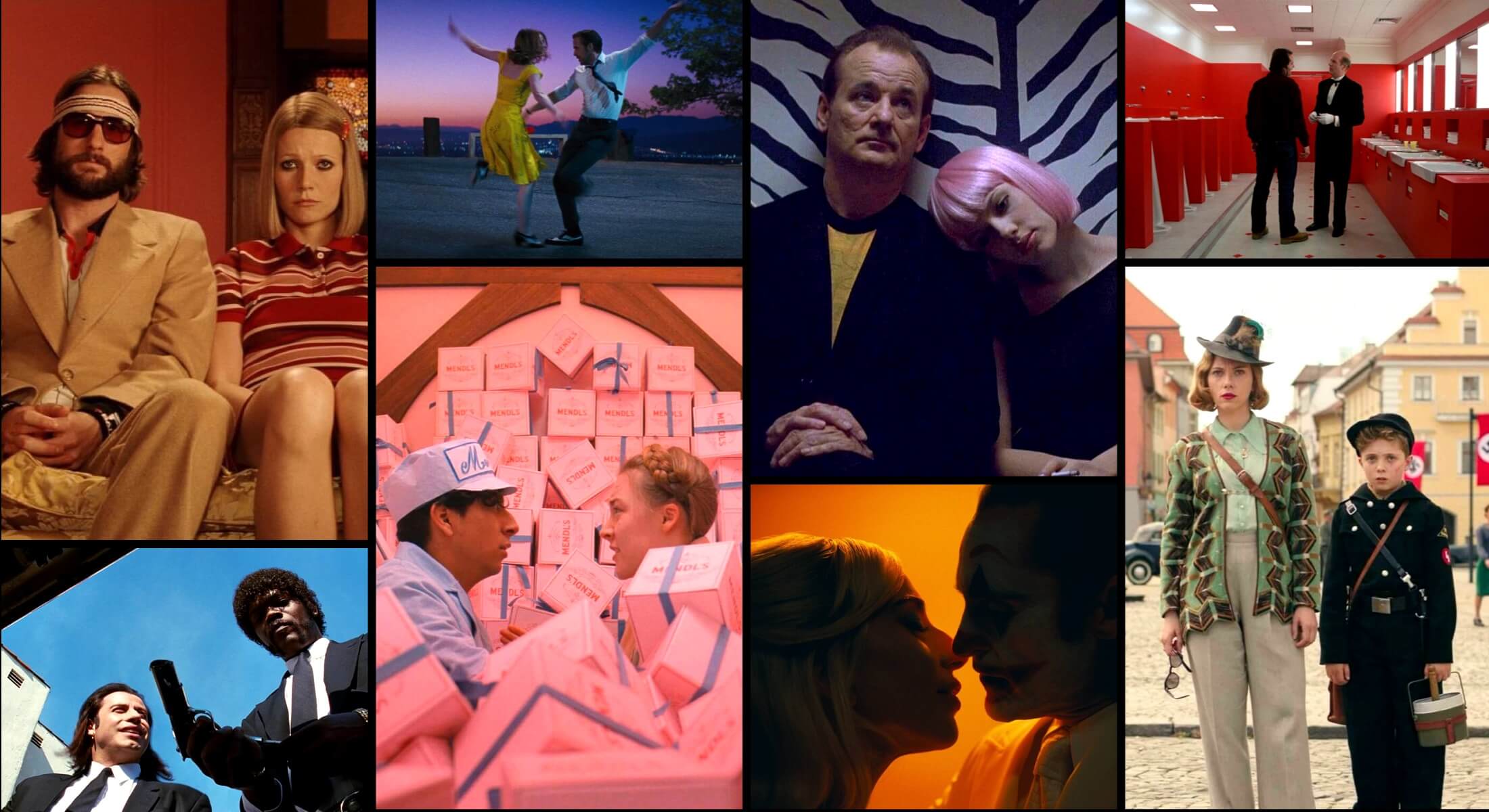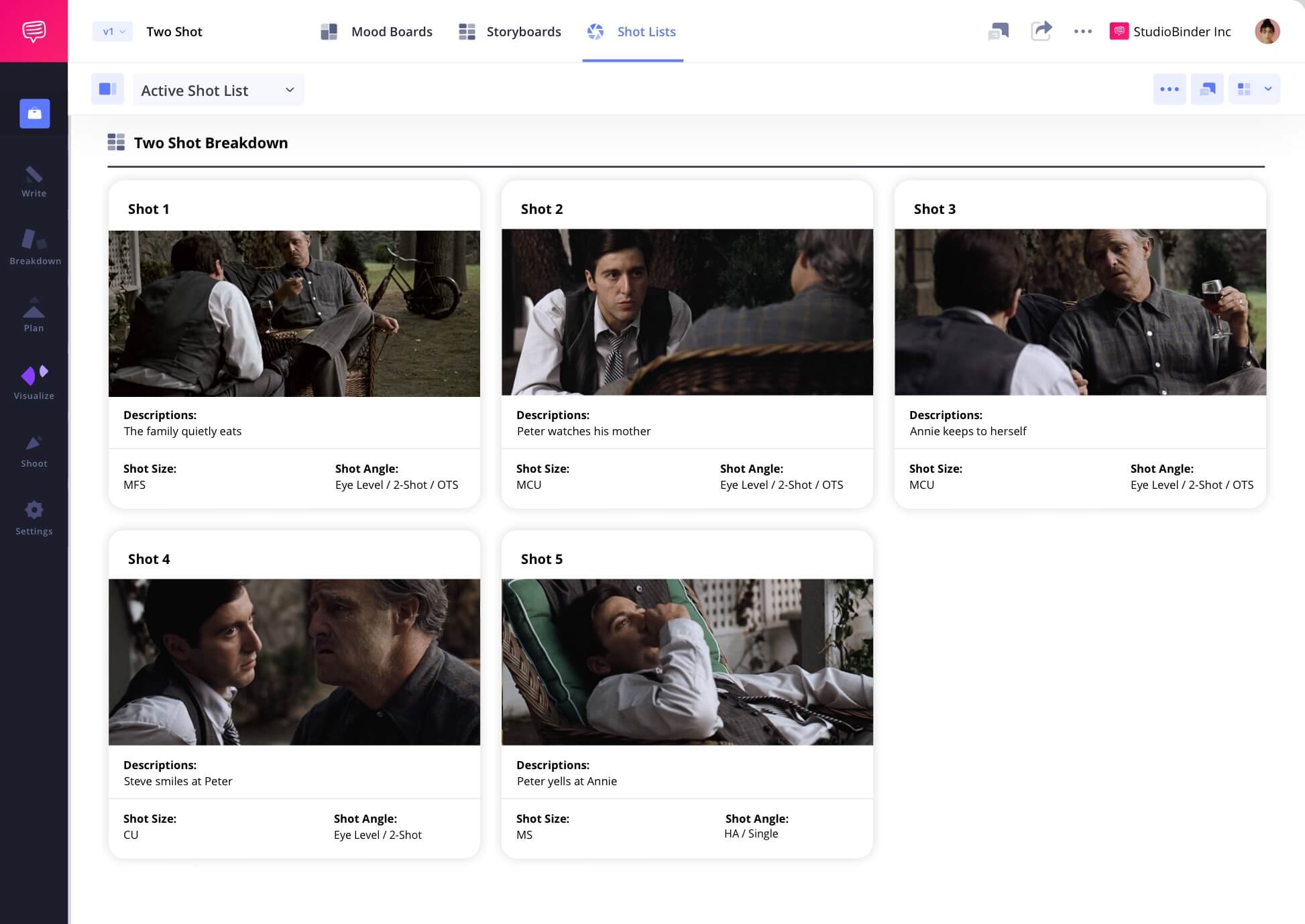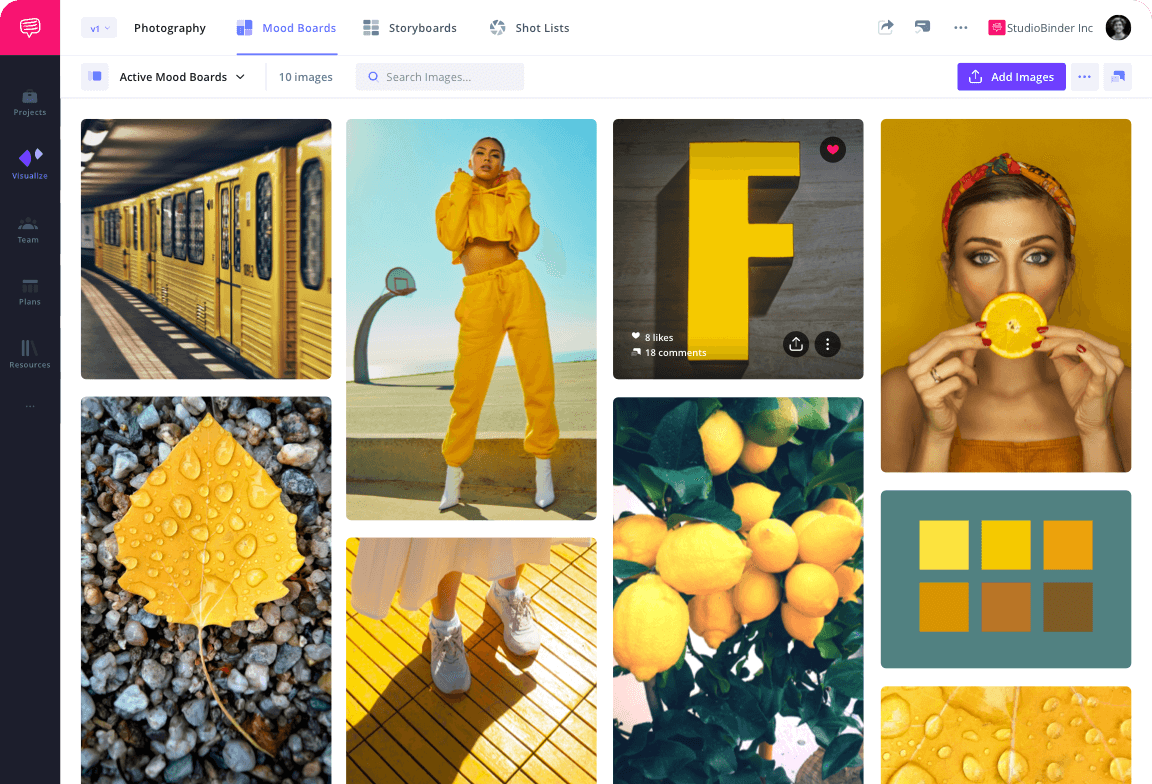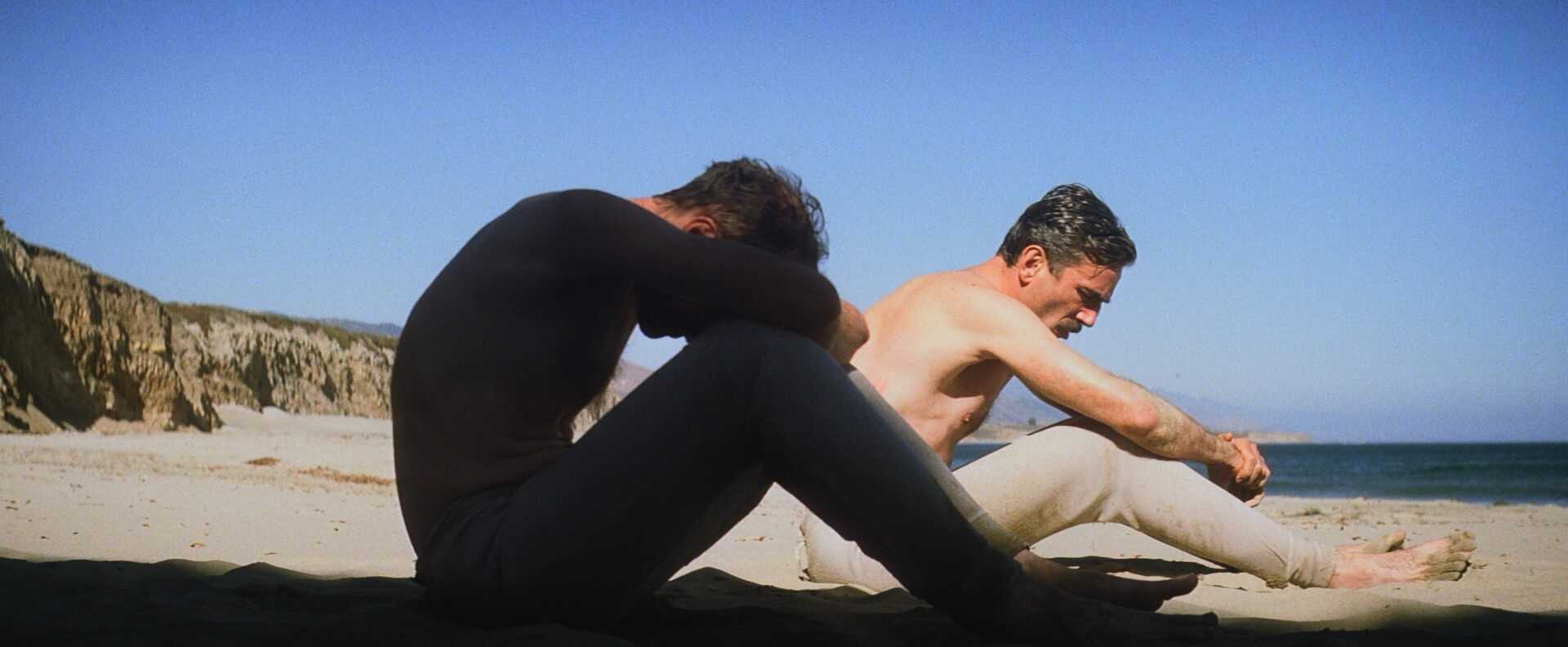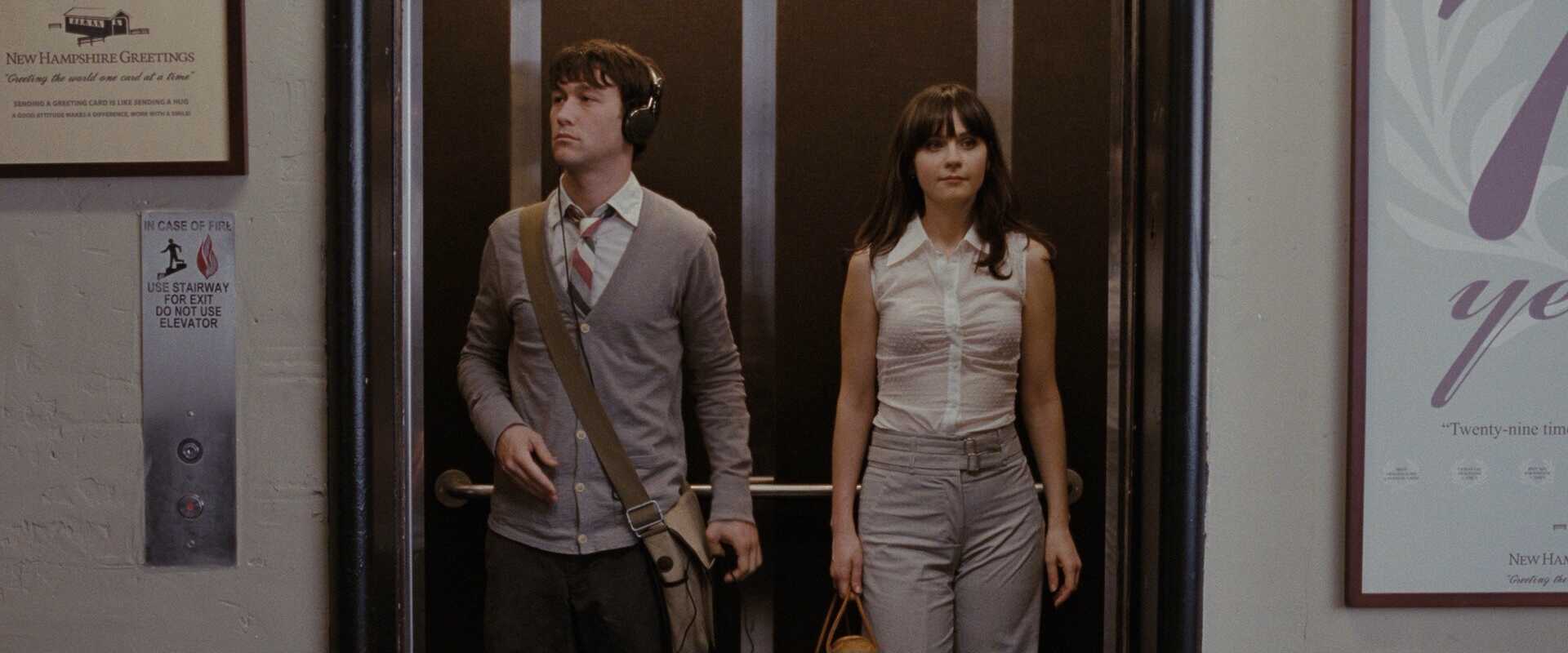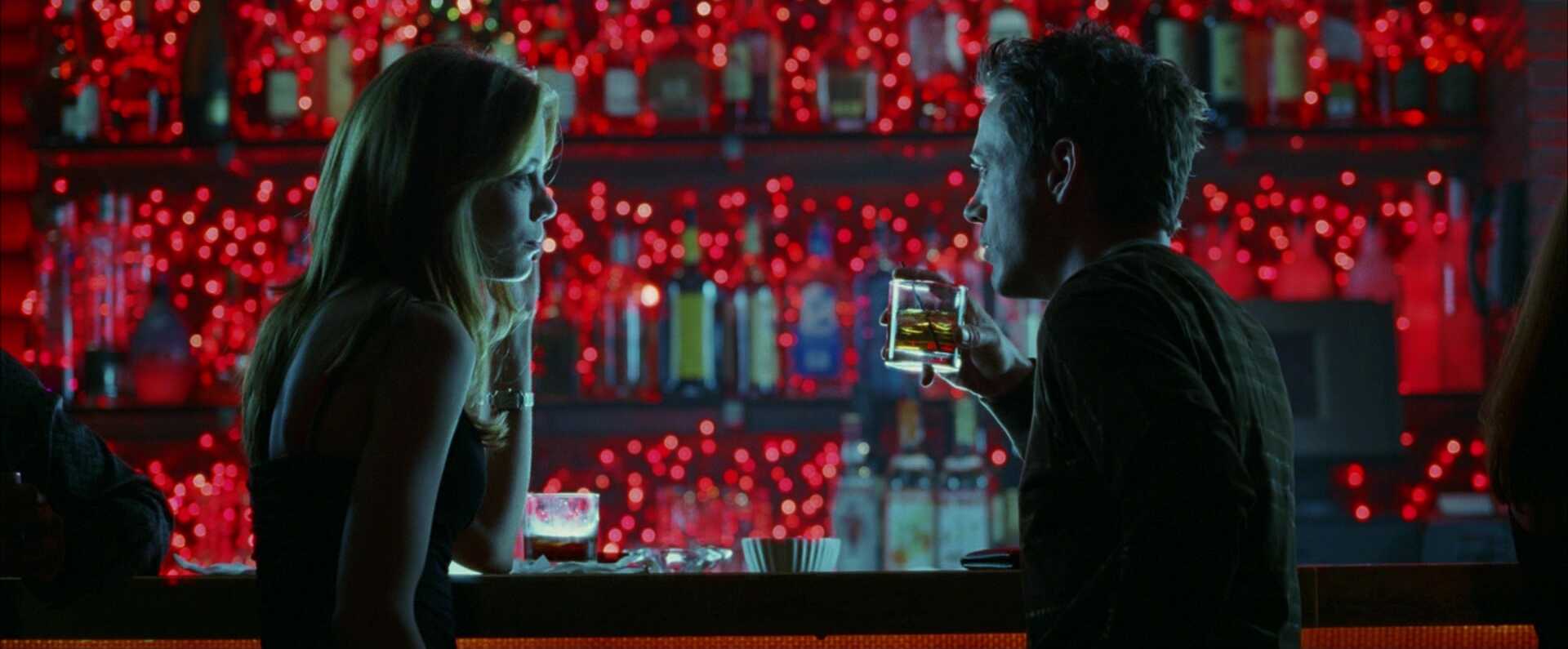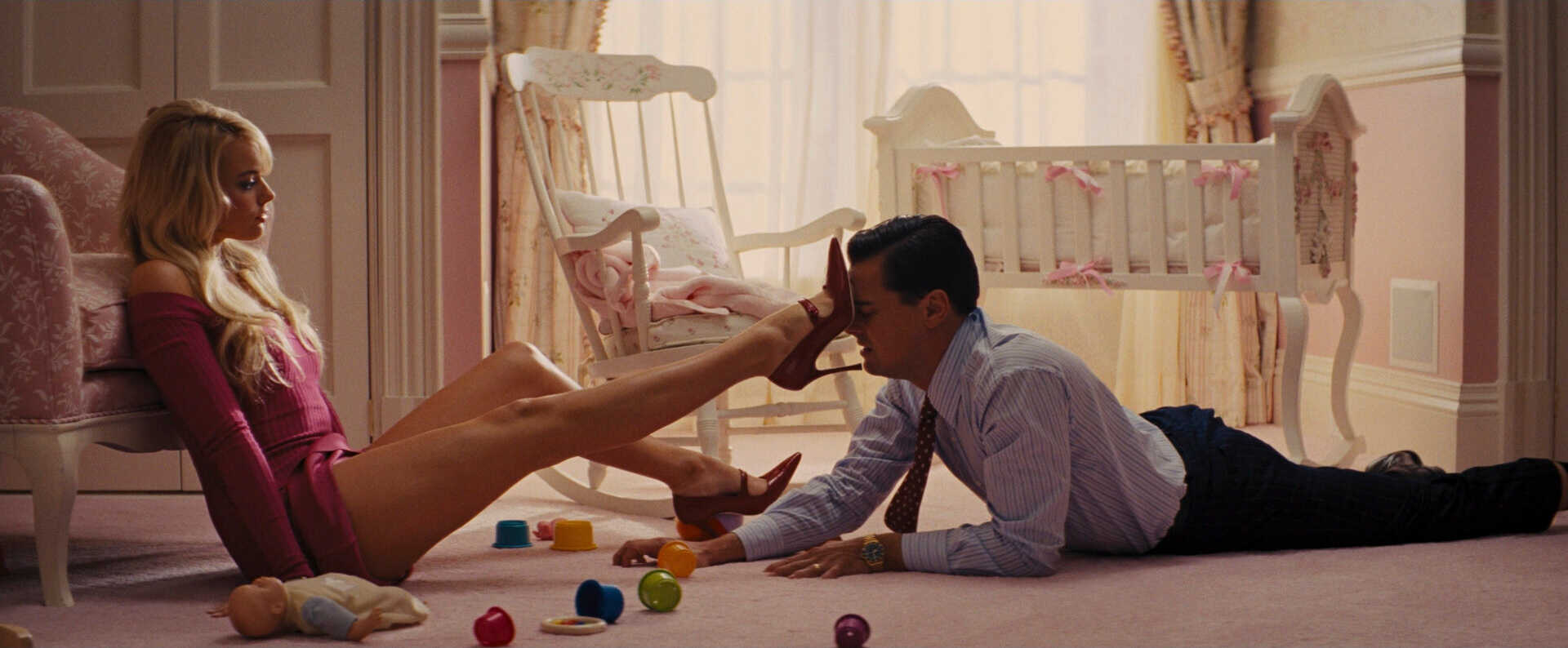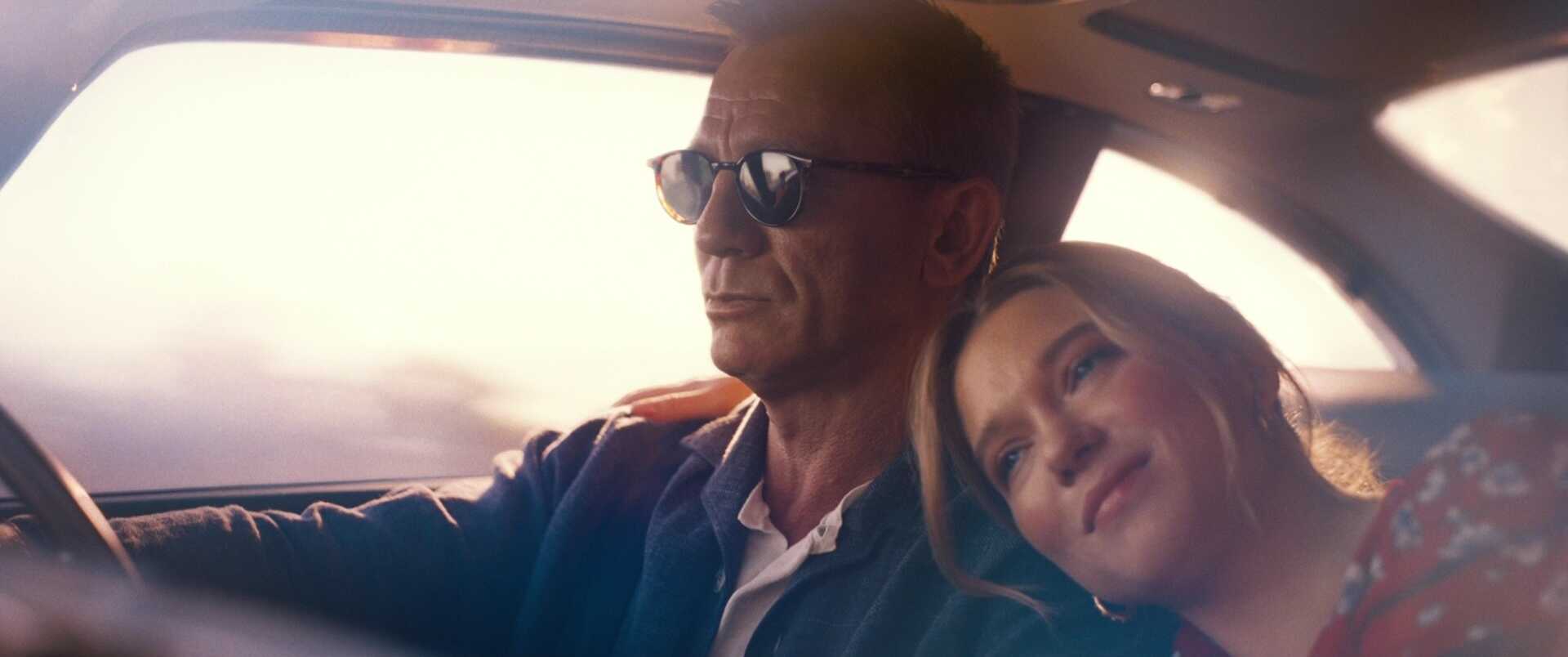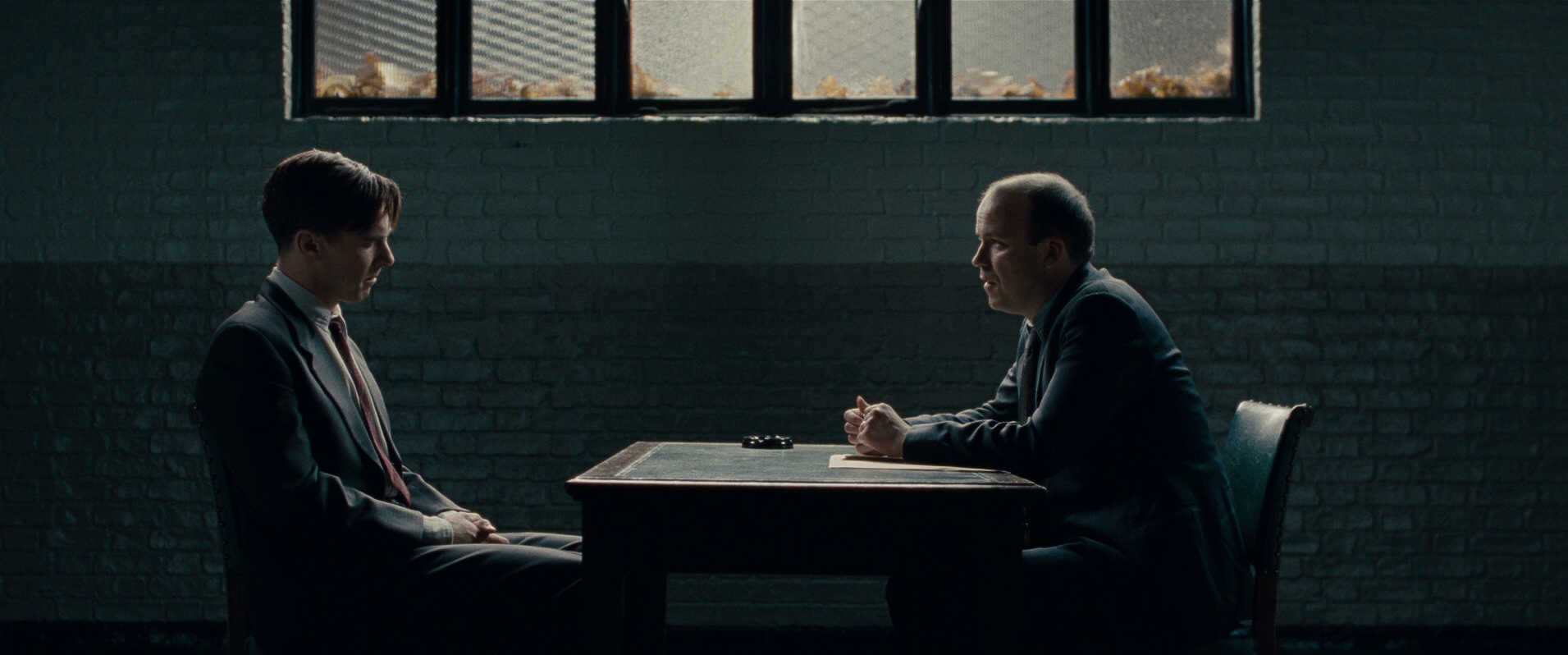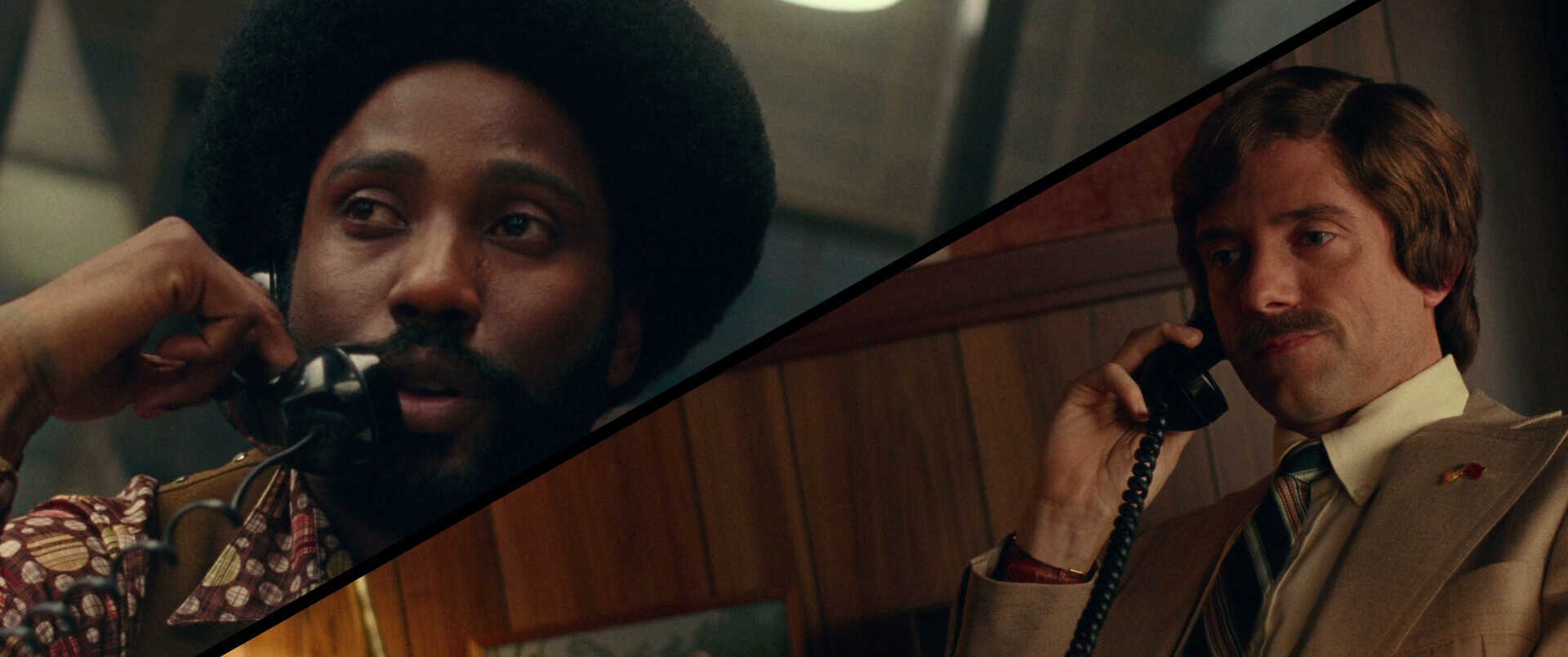Two shot definition
What is a two shot?
A two shot frames two characters together in the same composition, often to emphasize their relationship, dynamic, or shared space. Unlike cutting between singles, the two shot allows both figures to be seen reacting in real time. Depending on staging and lens choice, it can feel intimate, confrontational, casual, charged, or something else entirely. Rather than isolating individuals, the two shot invites us to observe how they coexist (or collide) within a single frame.
Want to explore how two shots function across genres and styles? Check out our in-depth two shot guide with breakdowns and visual examples.
Effect of a two shot
Two shot examples
Before exploring how two shots function in cinematic storytelling, it helps to see them in action. Browse this curated collection of two shot examples to observe how they define relationships and structure emotional space within a frame.
Emphasizes the dynamic between characters
Keeps both performances visible
Anchors dialogue scenes with shared presence
Highlights physical proximity, distance, or body language
Uses
What does a two shot do?
Two shots are among the most effective tools for capturing character dynamics on screen. By placing two subjects in the same frame, they create a shared visual space that can reflect harmony, distance, conflict, or intimacy, often all within a single moment. Below are some ways two shots influence tone and visual meaning:
Connection in Focus
Characters A and B sharing the frame during a quiet moment can highlight their chemistry, body language, and proximity, both physical and emotional.
Tension in Proximity
When characters are placed close but are emotionally distant, the two shot uses physical distance to visually communicate discomfort.
Power Dynamics
A symmetrical two shot can suggest equality, while a lopsided composition may highlight imbalance or shifting control without a single word spoken.
Shared Stakes
During pivotal decisions or confrontations, framing both characters together keeps their reactions visible and the emotional stakes tightly linked.
Differences
Two shot vs group shot
Two shots and group shots might seem similar at a glance — both feature multiple characters in the frame — but they serve different narrative and emotional purposes. A two shot is tightly focused on just two subjects, emphasizing their relationship, interaction, or shared emotional space. It’s often used to highlight connection, tension, or mutual stakes between characters.
A group shot, in contrast, frames three or more people, prioritizing the collective dynamic over individual relationships. It’s useful for establishing social structure, context, or crowd energy, but it tends to dilute the intimacy or tension found in a two shot. The distinction shapes how the audience reads the scene. A two shot pulls us into a specific bond or clash, while a group shot broadens the emotional scope.
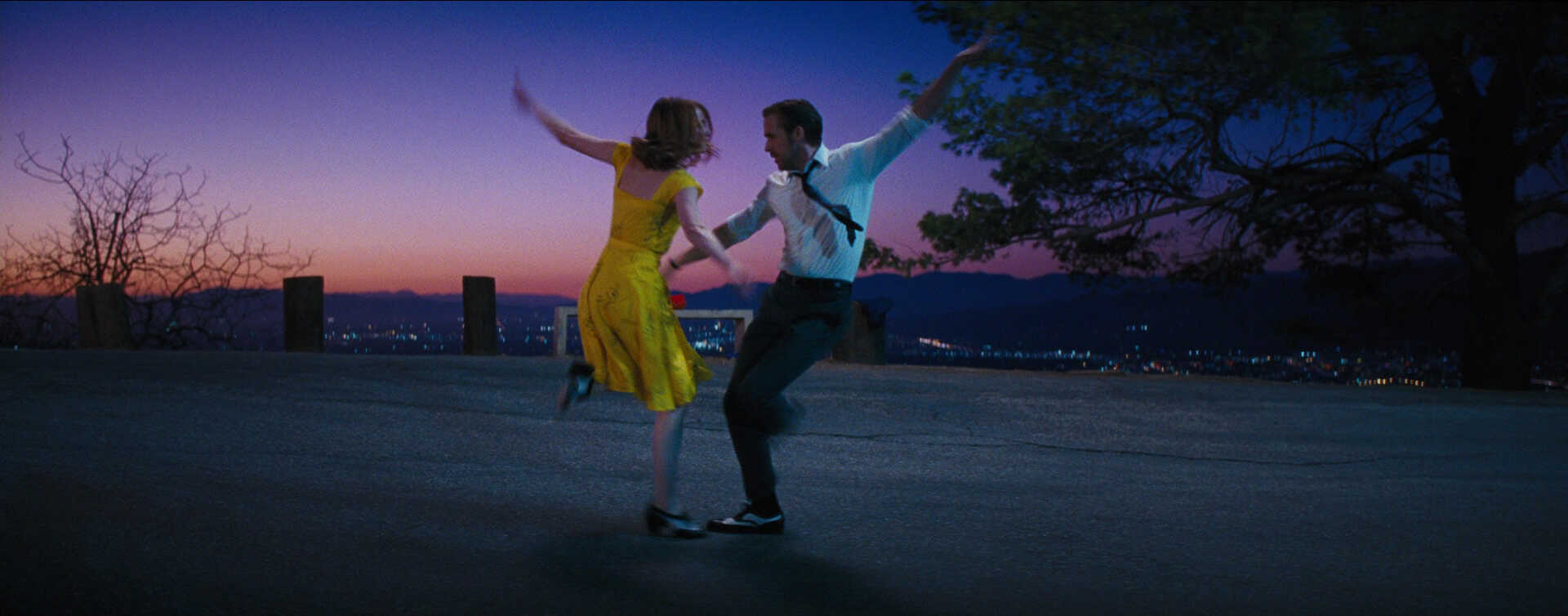
Case Study
Shot listing a two shot
Let’s look at the two shot more closely. How can it be used in the context of a scene? This scene from The Godfather is pivotal for the relationship between father and son. Circumstances have complicated their relationship, but notice how the two shots keep them bonded in spite of this.
Click the shot list below to see how the scene plays out.
Two shots might appear straightforward, but their impact lies in how they're composed and when they're used. A well-crafted two shot can reveal layers of emotion, conflict, and connection.
Let’s take a closer look at how this framing technique can influence tone, highlight character relationships, and shape the rhythm of a scene.
Unexpected combinations
How should you pair a two shot with other camera techniques?
How to combine a two shot
When combined with other cinematic tools, two shots become far more than just a way to show two characters: they become expressive frames that reveal tone, dynamics, and emotional subtext. Here are several ways two shots can work in tandem with other techniques:
- Split Diopter: Keeping both characters in sharp focus even when at different depths emphasizes psychological or emotional distance within a shared frame.
- Mirror Framing: Using reflections to show both characters introduces visual metaphor and layered composition.
- Tracking: Sliding sideways across a two shot can build tension or mark a shift in power between characters.
- Long Take: Holding a two shot for an extended duration without cutting allows tension, silence, or emotional beats to fully unfold.
- Over-the-Shoulder: Framing both characters in partial profile creates intimacy while preserving the sense of individual perspective.
- Wide Shot: A distant framing of two figures can emphasize emotional or physical space between them.
- Close Up: A tight frame of two characters side by side can heighten intensity, suspense, or even romance.
Frequently asked questions about the eye level shot
A two shot is great for showcasing the relationship between two characters in real time. It helps the audience observe emotional reactions, power shifts, or shared experiences without cutting back and forth.
Frame both characters in the same shot. You can shoot it wide, medium, or close, depending on the tone and blocking.
Use a tripod, dolly, or handheld, depending on the mood
Watch spacing: don’t crowd the frame unless you want that effect
Let body language and positioning tell part of the story
Yes, two shots can absolutely include camera movement. A moving two shot can add momentum or shift emotional dynamics as the scene unfolds:
- Pan to follow conversation
- Dolly with characters walking
- Reframe to change power balance
Use a two shot when the emotional or narrative focus is on the interaction between two people, not just their individual perspectives. Some good times to use a two shot:
During conflict, connection, or key turning points
When reactions matter just as much as words
To avoid overcutting between singles
A medium shot refers to how close the camera is, typically framing a subject from the waist up. A two shot refers to how many subjects are in the frame.
